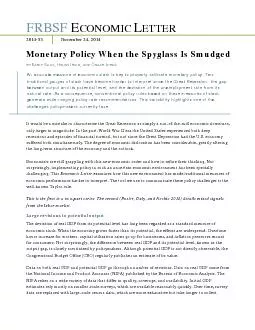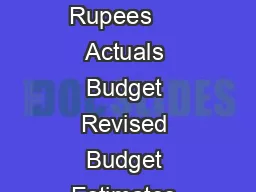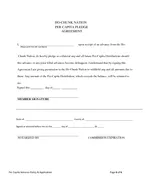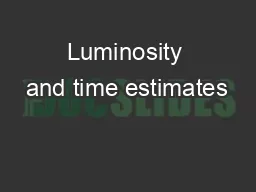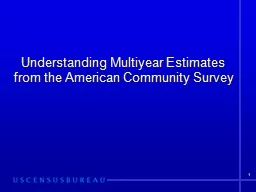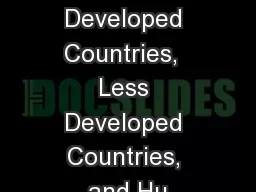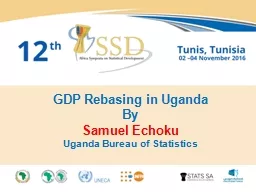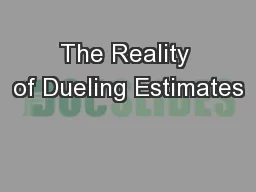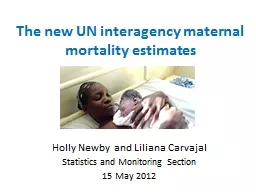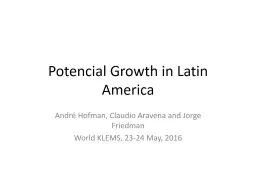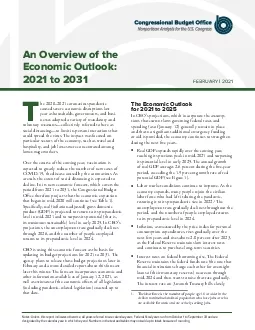PDF-By contrast, potential GDP estimates are revised less frequently. More
Author : debby-jeon | Published Date : 2015-10-25
201435 November 24 2014 Revisions to potential GDP Source BEA and CBO 19871992199720022007201220172022 2014 trillions20072010Real 201435 November 24 2014 the greater
Presentation Embed Code
Download Presentation
Download Presentation The PPT/PDF document "By contrast, potential GDP estimates are..." is the property of its rightful owner. Permission is granted to download and print the materials on this website for personal, non-commercial use only, and to display it on your personal computer provided you do not modify the materials and that you retain all copyright notices contained in the materials. By downloading content from our website, you accept the terms of this agreement.
By contrast, potential GDP estimates are revised less frequently. More: Transcript
Download Rules Of Document
"By contrast, potential GDP estimates are revised less frequently. More"The content belongs to its owner. You may download and print it for personal use, without modification, and keep all copyright notices. By downloading, you agree to these terms.
Related Documents

